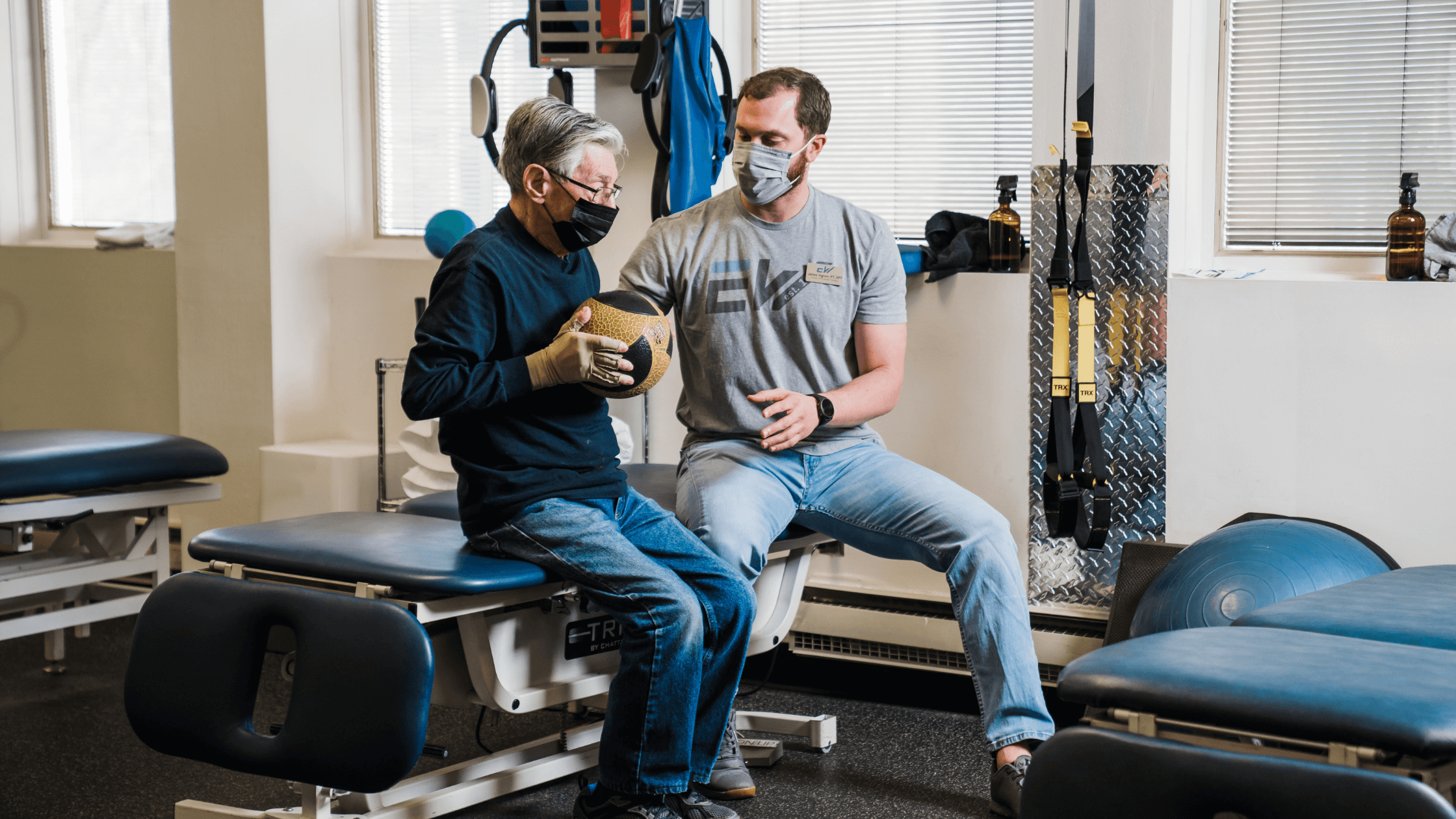Balance Issues: Causes and Tips for Management

Licensed Physical Therapist, PT, DPT // Dry Needling Certified // LSVT Big Certified // EW Motion Therapy Trussville
As many people get older, they start to worry about falls, and for good reason. According to the CDC, one in four people 65 & older have a fall each year, and one out of five of those falls can cause serious injury. Many older people have issues with their balance, and even some younger people with certain conditions can have problems with it. So what can you do to stay steady on your feet and decrease your fall risk?
We work with many patients at EW Motion Therapy who need help with their balance, and our skilled therapists lead them through exercises to help make sure they can move about their day safely. Our ultimate goal is to give our patients the strength and confidence to move wherever and however they need to. Even if you choose not to pursue therapy with us, we still want to advise on balance deficits and some ways to help.
This article discusses conditions that can cause balance issues, how balance issues can affect functional movement, and how physical therapy can help. With this information, you can pursue the proper treatment to feel steady on your feet again.
Balance issues can often affect seniors. Learn more about the benefits of physical therapy for seniors here.
What can cause a balance deficit?
Three body systems primarily contribute to balance issues: the musculoskeletal system (muscles and bones), the vestibular system (inner ear), and your vision. Any condition that affects one or more of those systems can potentially cause a balance deficit, like vertigo or generalized muscle weakness.
Additionally, nerve conditions like neuropathy and neurological disorders like Parkinson’s can cause a balance issue. Your balance can also be affected by a stroke or a vision impairment. The treatment you seek for your balance will, of course, change as a result of what is causing your deficit. Ultimately, the diagnosis will come from your doctor, and it is best to talk to them first.
How can a balance deficit affect functional movement?
Balance greatly affects how you move about your day. You may feel unsteady on your feet while walking through your house, walking on uneven surfaces like gravel, walking at night, or stepping off of a curb.
Also, some vestibular conditions like vertigo can make you feel dizzy, and you may be at risk of tripping or stumbling more as a result. Vision impairments can also create issues with balance since we depend more and more on our vision and less on sensations we feel through our feet (proprioception) as we age.
How can physical therapy help?
Some people may not realize this, but physical therapists are trained to treat all three body systems that can cause balance deficits (musculoskeletal, vestibular, vision). Once they evaluate you and identify which system is not functioning as it should, they can utilize specific treatments to help you.
For weakness and difficulty moving, they will try to build strength through exercise and manual therapy techniques. For visual impairments, they can help you balance with your eyes open and shut, work on gaze stabilization and practice eye tracking. And for vestibular, they can employ a canalith repositioning procedure (also called an Epley maneuver) to relieve symptoms associated with vertigo and dizziness.
What are other ways to help balance issues?
Now you know more about what can cause balance deficits and how physical therapy can help. To decrease fall risk, you should invest in footwear that fits properly to increase ankle stability and allows you to lift your feet efficiently. Also, make sure your home is free of tripping hazards. Dizziness or inner ear issues can be side effects of some medications, so talk to your doctor if you think that might be a possibility. For Parkinson’s patients especially, balance can be a huge side effect of the diagnosis, but getting into therapy and perhaps learning to use assistive devices can hugely improve their quality of life.
At EW Motion Therapy, we work with our patients in a safe, controlled environment, where our therapists can tailor treatment to their specific needs and goals. We want to help you feel steady on your feet again so you can seize whatever your day holds. If you are interested in reducing fall risk in your home, click the button below to download our free home safety guide.

